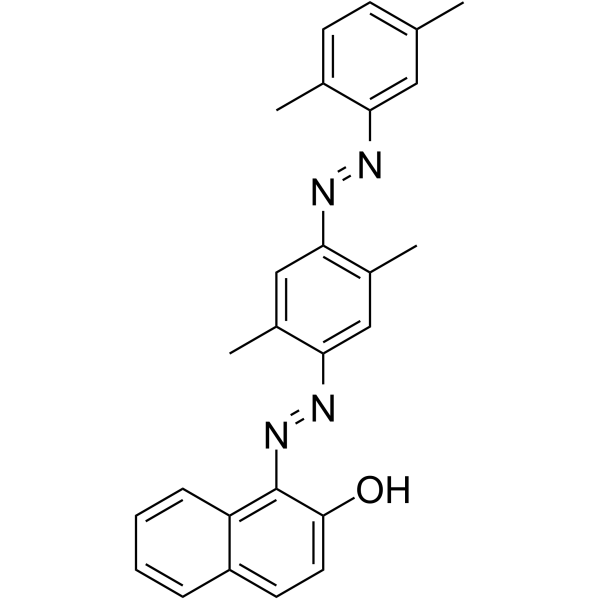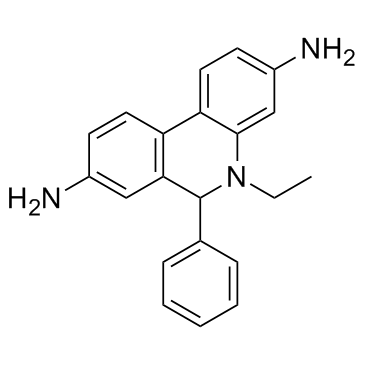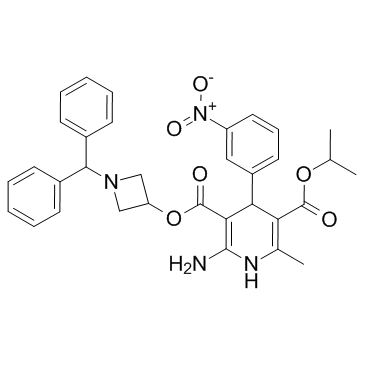| Structure | Name/CAS No. | Articles |
|---|---|---|
 |
Oil Red O
CAS:1320-06-5 |
|
 |
Dihydroethidium
CAS:104821-25-2 |
|
 |
Azelnidipine
CAS:123524-52-7 |